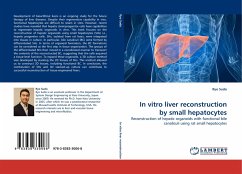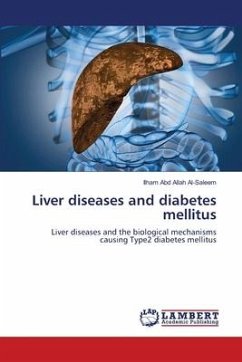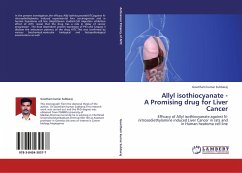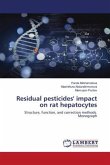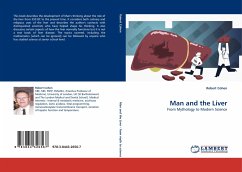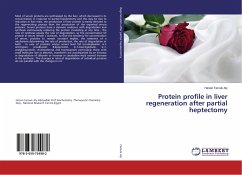Development of bioartificial livers is an ongoing study for the future therapy of liver diseases. Despite their regenerative capability in vivo, functional hepatocytes are difficult to retain in vitro. However, recent studies have revealed that hepatic stem/progenitor cells have capabilities to regenerate hepatic organoids in vitro. This book focuses on the reconstruction of hepatic organoids using small hepatocytes (SHs) i.e., hepatic progenitor cells. SHs, isolated from rat livers, were integrated into tissues in culture. In particular, bile canaliculi (BC) were formed by differentiated SHs. In terms of organoid formation, the BC formations can be considered as the first step in tissue organization. The groups of the differentiated SHs then moved in a coordinated manner to transport the contents of the reconstructed BC, suggesting that the cells acquired a tissue-level function. To expand these organoids, a 3D culture method was developed by stacking the 2D tissues of SHs. Thismethod allowed us to construct 3D tissues, including functional BC. In conclusion, the combination of SHs and 3D stacked-up culture can contribute to successful reconstruction of tissue-engineered livers.

